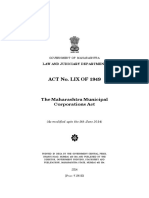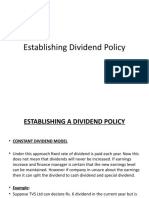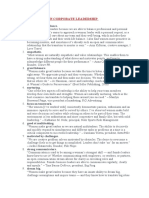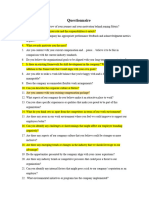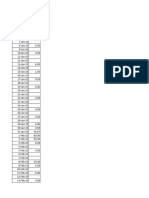Alpha Group
STRATEGY GUIDE: SHORT TERM CALENDARS
Version 21.09.30
DTE: 8 to 15 (of short option)
Vehicle: SPX, SPY, RUT and other indexes or ETFs are recommended.
Good weather conditions: ideal when VIX is low relative to its recent 3-month range. However to
maintain consistent repeatable strategies, short term calendars can be adapted to use in most
environments as long as the market is not highly volatile and does not have an abnormally high daily
range (ATR).
Trade structure: Use calls or puts. Sell (1) ATM option (8-15 DTE) and buy (1) ATM option further out in
time. Days between short and long options (horizontal distance) can vary based on opinion of VIX over
the next few trading days.
Because calendars are vega-positive trades, falling VIX will hurt the profitability, and rising VIX will help
the profitability. Reduce vega risk when you expect VIX to fall, and increase vega exposure when you
expect VIX to rise. Vega risk can be adjusted by the selection of the horizontal distance.
If you expect VIX to fall, use shorter distance between short and long: 3 to 7 days.
- Lowers the trade cost
- Increases theta relative to position size
- Increases theta relative to vega
If you expect VIX to rise, use longer distance between short and long: 14 to 45 days.
- Increases the trade cost
- Decreases theta relative to position size
- Decreases theta relative to vega
Examples of theta and vega relative to position size based on different horizontal distances:
SPY 10DTE HORIZ. THETA:VEGA
CALENDAR DISTANCE COST THETA VEGA THETA% VEGA% RATIO
10 vs 13 days 3 $0.40 $2.88 $3.41 7.2% 8.5% 0.84
10 vs 24 days 14 $2.62 $5.83 $13.49 2.2% 5.1% 0.43
10 vs 38 days 28 $5.02 $7.84 $23.46 1.6% 4.7% 0.33
Avoid entering short term calendar trades with an initial theta:vega below 0.30.
Target profit: 8 to 10% of position margin. Exit earlier at 6-7% if you can within the first 24 hours. Always
set a GTC order after entry and adjust when necessary to change target profit.
Max loss: 10-12% of position margin. Do not set a stop limit order for max loss. Monitor the position P/L
� Alpha Group
or set price alerts.
Trade management:
Simple method: no adjustments. Use profit target or max loss above, and exit if underlying price
reaches exit point.
Advanced method: use profit target or max loss above, and adjust if underlying price reaches
adjustment point.
Exit point (or adjustment point):
On SPY, $0.50 above lower breakeven or $0.50 below upper breakeven
On SPX, $5 above lower breakeven or $5 below upper breakeven
Adjustment 1:
Turn trade into double calendar by purchasing additional calendar using the same front and back dates:
On SPY, $2-4 beyond current underlying price
On SPX, $20-40 beyond current underlying price
Set profit target for 10% of total combined trade.
Adjustment 2:
When underlying price crosses any calendar strike, close losing calendar. Set profit target on open
calendar for 10%.


















































